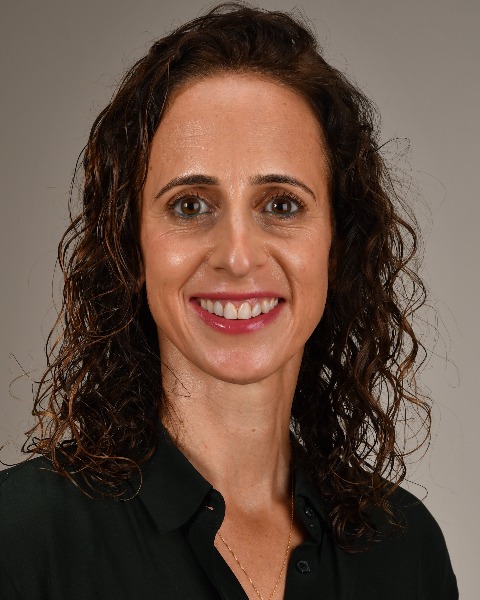Poster Session 1
(312) Association Between Severe Features of Hypertensive Disorders in Pregnancy on the Outcome of Subsequent Gestation

Nimrod Dori-Dayan, MD (he/him/his)
Sheba Medical Center
Ramat Gan, HaMerkaz, Israel
Keren Zloto, MD
Sheba Medical Center
Ramat Gan, HaMerkaz, Israel
Abraham Tsur, MBA, MD (he/him/his)
Director of The Women's Health Innovation Center
Sheba Medical Center, Ramat Gan, Tel Hashomer, Israel
Ramat Gan, HaMerkaz, Israel- RY
Rakefet Yoeli-Ullman, MD
Sheba Medical Center
Ramat Gan, HaMerkaz, Israel - SM
Shali Mazaki-Tovi, MD
Vice Chairman
Department of Obstetrics and Gynecology, Sheba Medical Center, Tel HaShomer
Ramat Gan, HaMerkaz, Israel - KO
Keren Ofir, MD
Sheba Medical Center
Ramat Gan, HaMerkaz, Israel - SB
Sonya Bar-Adon, MD
Physician
Sheba Medical Center
Ramat Gan, HaMerkaz, Israel - ES
Eyal Sivan, MD
Physician
Sheba Medical Center
Ramat Gan, HaMerkaz, Israel 
Baha M. Sibai, MD
Professor
McGovern Medical School at UTHealth Houston
Houston, Texas, United States
Michal Fishel Bartal, MD (she/her/hers)
Maternal Fetal Medicine Faculty
UTH Houston & Sheba Medical Center Israel
Houston, TX, United States
Submitting Author and Presenting Author(s)
Coauthor(s)
History of hypertensive disorders of pregnancy (HDP) is associated with adverse outcomes in subsequent pregnancy. The effect of the severity of the disease on subsequent pregnancy is not well described. This study aims to investigate the outcome of subsequent pregnancy after a diagnosis of HDP and to evaluate the impact of disease severity on recurrent HDP (rHDP) rate and adverse outcomes.
Study Design:
This was a retrospective study conducted at a single tertiary care center between 2012 and 2024. Individuals with singleton pregnancy complicated by HDP and a documented subsequent pregnancy were included. Subsequent composite adverse pregnancy outcomes included: rHDP, preterm birth, fetal growth restriction, and placental abruption. Multivariable regression models were used to estimate odds ratio (OR) and 95% confidence interval (95% CI) for rHDP.
Results:
During the study period, 1778 individuals had a history of HDP and a documented subsequent pregnancy. Of them, 1724 (97%) met inclusion criteria, 1607 (90%) without severe features (SF) vs 117 (10%) with SF (Table 1). Overall, HDP reoccurred in 36% of pregnancies, and the rate of HDP and HDP with SF was significantly higher in the previous HDP with SF compared to without SF (58% vs 35% p< 0.01, and 40% vs 6%, p< 0.01, respectively). The rate of subsequent adverse pregnancy outcomes was higher in the previous HDP with SF compared to without SF (66% vs 42%, p< 0.01). Nulliparity (63.6% vs 53.7%, OR 0.7, 95% CI 0.57, 0.87) and a later gestational age at HDP diagnosis (37.3 vs 36.3 weeks, OR 0.97, 95%CI 0.95, 0.99) at first pregnancy were associated with a lower rHDP rate. History of preterm birth (15.5% vs. 7.6%, OR 2.05, 95% CI 1.53, 2.76) and HDP with SF (10.8% vs 4.5%, OR 1.79, 95% CI 1.19, 2.7) were associated with a higher rate of rHDP (Table 2).
Conclusion:
Four out of ten individuals with a history of HDP will have adverse outcomes in their subsequent pregnancy. History of severe disease, earlier gestational age at diagnosis and preterm birth in the first pregnancy were associated with a higher rate of rHDP.

